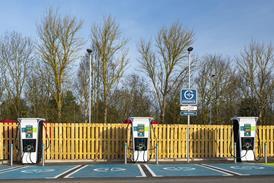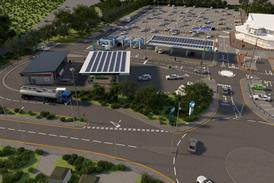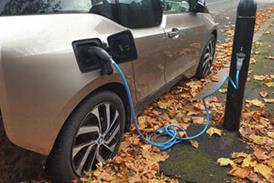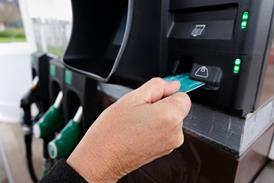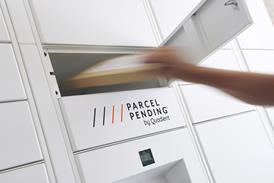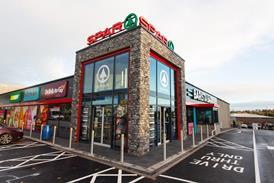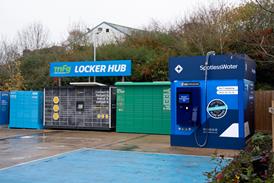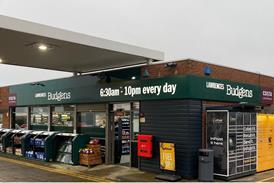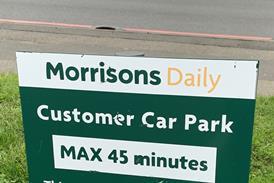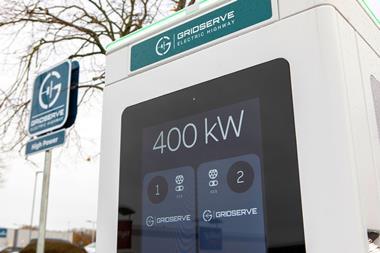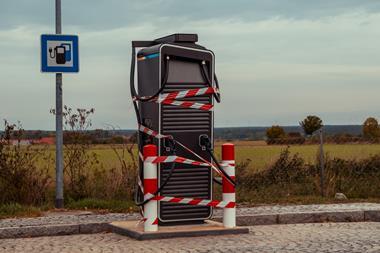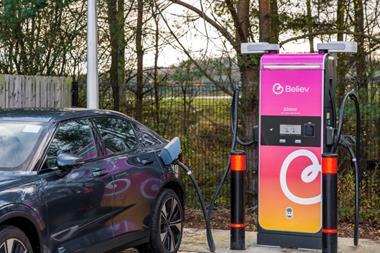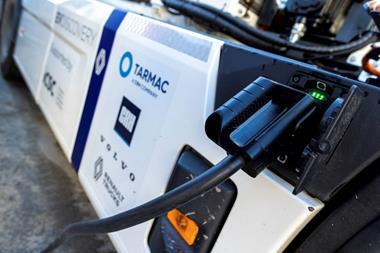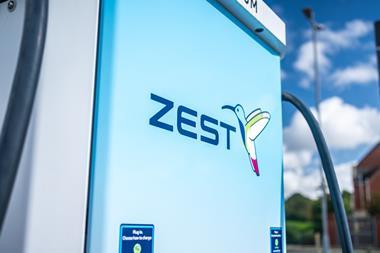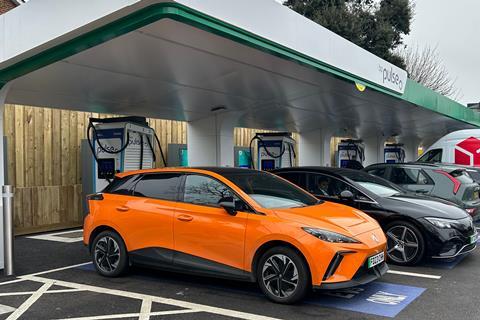
EV chargers require big investment and can take years to reach maturity; we look into the aspects forecourt operators should consider before taking the plunge
The switch to electric cars represents the most significant change to transportation since the horse and cart trundled off to the knacker’s yard. While there was initially concern that the rise of EVs would spell the end of the petrol station, operators have long known that their real-estate holdings offer scope for so much more than filling fuel tanks, while their intrinsically convenient locations and relatively large footprints make forecourts ideal places for EV charging.
Many firms have already invested heavily in EV facilities, but while our Top 50 Indies report documents over 3,000 charging bays within the sector, the high cost of equipment (perhaps £60k for a two-plug ultra-rapid charger) and installation, not to mention planning and connection processes that can drag on for years, mean that a meaningful number of firms are understandably taking a more circumspect approach.
Targets vs reality
The first question any operator considering installing EV chargepoints should ask is: what proportion of my potential customer base will be in an electric car over the next five years?
Knowledge of local markets should play a big part in any decision. As an example, BP’s move to replace all fuel pumps with EV chargers at one London forecourt was partly justified by the number of EV Uber drivers passing the site on the airport run in the wee small hours – but on a national level, the UK’s ‘parc’ of EVs is currently low, at about 1.3 million, or 4% of the 34 million or so cars on the road.
Legally binding targets mean we theoretically know what proportion of new cars sold over the coming years will be electric, but in 2024 the car industry missed its first ever ZEV (zero emission vehicle) mandate, with the 381,970 new EVs registered representing 19.6% of the UK’s new-car market, against a 22% target.
Despite this, a senior figure from the government’s Office for Zero Emission Vehicles (OZEV) recently said that by 2030 it expects 25% of all cars on the road to be electric, predicting that by 2035 this figure will rise to 50%.

Those projections may well be ambitious, though, as back-of-a-napkin maths indicate that if the ZEV mandate continues to be missed by the same proportion it was in 2024 (and allowing for around a million older vehicles being scrapped annually), by 2030 we would be looking at a total parc of 38.8 million cars, of which 33.6 million will be non-EVs, and 6.5 million electric. This equates to 16.75% of all cars being pure electric by 2030, some way off the 25% prediction.
Forecasting 2035 is even more speculative, partly because ministers have still not stipulated the types of hybrid that will be allowed to be sold from 2030-35. Nonetheless, if the ZEV mandate continues to be missed by 2024’s levels, we can expect to see 30.7 million non-EVs and 11,480,000 EVs on the road in 2035. This equates to electric cars making up 27.21% of the total car parc by 2035; this is almost half of the government’s 50% prediction and, if correct, suggests that in 10 years’ time, almost three quarters of cars on the road will still require refuelling.
Don’t forget about driveways
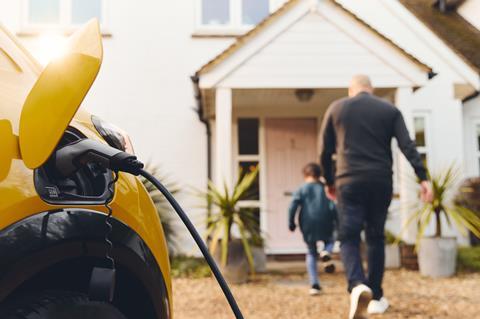
Even assuming EV sales do meet the government’s optimistic mandates and predictions over coming years, as a rule of thumb forecourt operators should knock 50% off the number of EVs on the road when considering their potential base for charging sessions. That’s because around two thirds of UK households have off-street parking, and motorists with this facility will usually be able to get a home chargepoint installed; this is analogous to two thirds of motorists having a petrol pump on their driveway.
Given home electricity can be as little as 7 pence per kiloWatt hour, against public chargers that are typically around 75 pence (partly due to domestic electricity attracting 5% VAT, and commercial 20%), and it’s fair to predict that few with a home charger will use a public one unless they have to.
Allowing a little leeway for when the 66% of people with driveways make longer journeys and need to charge en route, and it’s reasonable to imagine that while regional variations will be significant (for example cities have less off-street parking than rural locations), on a national level half of all charging sessions will be completed at home.
Natural markets
It may be bold to take a position counter to government, but this is the view of millions of motorists: while EV sales have grown significantly over recent years, this has been led by company car, salary sacrifice and fleet sales, which are heavily discounted by tax breaks. Just one in 10 private buyers – who are entirely unincentivised – bought an EV last year. Put another way, 90% of consumers said “anything but electric” in 2024, indicating that the natural size of the EV market may be as low as 10%. And while this figure doubled in February 2025, when 20.6% of EV sales went to private buyers (who made up 35.6% of all new-car sales), that increase is thought to be down to canny shoppers avoiding a change to road tax policy that will, over six years, add over £2,000 to the cost of most new EVs from April.
Just to make things even more complicated, and despite previous assurances that it was not going to significantly alter its EV policy, the government recently indicated it will be making “substantial” changes in this area. While the precise nature of these changes has not been made clear, they are thought to revolve around ZEV mandate targets. If a week is a long time in politics, and given consumers’ reluctance to switch to electric cars, it would take a brave person to bet against there being further policy revisions – and potentially more significant ones – between now and 2030, let alone 2035.

